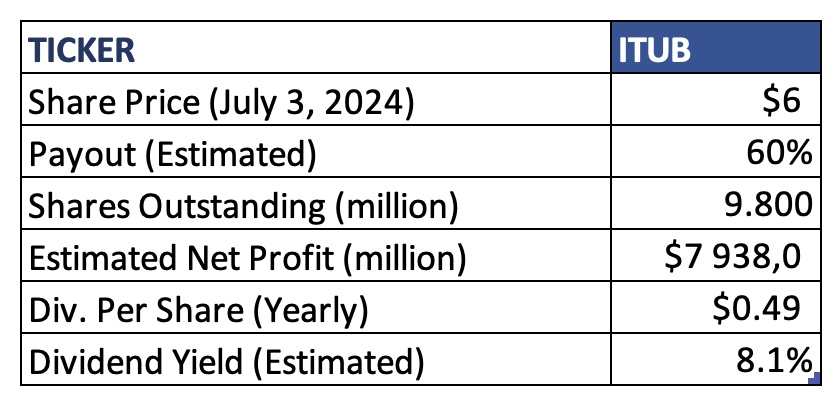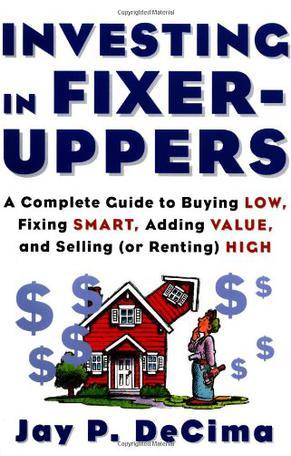"Maximize Your Home's Value: A Comprehensive Guide to Bankrate Equity Loan"
#### What is a Bankrate Equity Loan?A bankrate equity loan, often referred to as a home equity loan or second mortgage, allows homeowners to borrow against……
#### What is a Bankrate Equity Loan?
A bankrate equity loan, often referred to as a home equity loan or second mortgage, allows homeowners to borrow against the equity they have built in their property. Equity is the difference between the current market value of the home and the outstanding balance on the mortgage. This type of loan is popular among homeowners looking to finance significant expenses, such as home renovations, education, or debt consolidation.
#### Benefits of a Bankrate Equity Loan
One of the primary advantages of a bankrate equity loan is the relatively low interest rates compared to unsecured loans or credit cards. Since the loan is secured by the home, lenders are willing to offer more favorable terms. Additionally, the interest paid on a home equity loan may be tax-deductible, depending on individual circumstances and tax laws.
Another benefit is the lump-sum payment structure. Borrowers receive a one-time payment that can be used for any purpose, providing flexibility in managing finances. Homeowners can leverage their equity to make investments that may increase the value of their property, such as renovations or expansions.

#### How to Qualify for a Bankrate Equity Loan
Qualifying for a bankrate equity loan typically involves several factors, including credit score, debt-to-income ratio, and the amount of equity in the home. Lenders usually require a credit score of at least 620, though higher scores can lead to better interest rates. The debt-to-income ratio should ideally be below 43%, which means that the total monthly debt payments should not exceed 43% of the borrower’s gross monthly income.
Home equity is calculated based on the appraised value of the home minus any existing mortgage balance. Most lenders allow homeowners to borrow up to 85% of their home’s equity. Therefore, it’s essential to know the current value of your home and how much equity you have before applying for a loan.
#### The Application Process for a Bankrate Equity Loan

The application process for a bankrate equity loan is relatively straightforward. Homeowners should start by gathering necessary documentation, including proof of income, tax returns, and information about existing debts. It’s also wise to check your credit report for any discrepancies that could affect your score.
Once you’ve prepared your documents, you can begin shopping for lenders. It’s crucial to compare interest rates, fees, and terms from multiple lenders to find the best deal. After selecting a lender, you’ll complete the application, and the lender will conduct an appraisal to determine the home’s value.
#### Risks Associated with a Bankrate Equity Loan
While a bankrate equity loan can provide significant financial benefits, it also carries risks. Since the loan is secured by the home, failing to make payments can lead to foreclosure. Homeowners should carefully consider their ability to repay the loan before proceeding.

Additionally, taking out a home equity loan may reduce the equity available for future use. If property values decline, homeowners could find themselves in a situation where they owe more than their home is worth, known as being "underwater."
#### Conclusion
In summary, a bankrate equity loan can be a valuable financial tool for homeowners looking to leverage their property’s equity. By understanding the benefits, qualification requirements, and potential risks, homeowners can make informed decisions about whether this type of loan is right for them. Always consult with a financial advisor or mortgage professional to explore all options and ensure that you’re making the best choice for your financial situation.